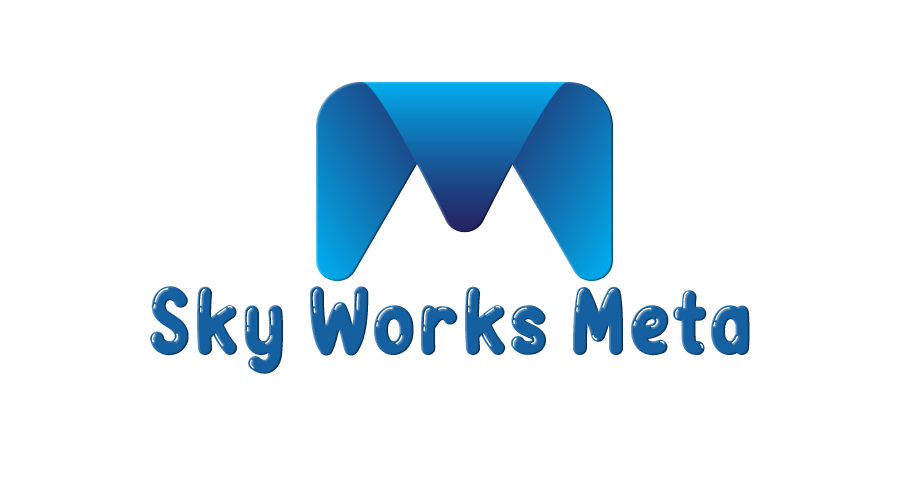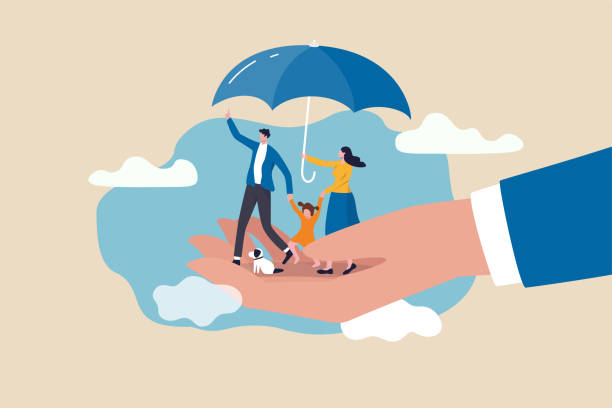Graphic design is a vibrant and creative profession that involves bringing ideas to life through visual communication. As a graphic designer, you invest your time and skills into crafting visually captivating designs for clients. While you focus on your artistic pursuits, it’s important not to overlook the need for insurance coverage. Insurance plays a very important role in protecting your business and providing peace of mind. In this article, we will take a look at the importance of insurance for graphic designers and the forms of coverage you may wish to consider.
- Professional Liability Insurance
Professional liability insurance, which may also be called errors and omissions insurance, is vital coverage for graphic designers. It protects you from legal claims arising from professional mistakes, negligence, or errors in your work. For example, if a client accuses you of copyright infringement or claims that your design caused financial loss, professional liability insurance can cover the legal costs and potential damages.
This insurance also covers the cost of defending yourself against claims, even if they are unfounded. As a graphic designer, you may handle sensitive client information or work on projects with tight deadlines. Mistakes can happen, and having professional liability insurance provides financial protection and helps maintain your professional reputation.
Case Study: Sarah, an experienced graphic designer, was hired by XYZ Company to design their new line of apparel. Sarah carefully created unique and eye-catching designs, ensuring they were original and did not infringe any copyrights. However, one of the designs unintentionally resembled an existing logo owned by another company.
The affected company filed a lawsuit against XYZ Company, alleging copyright infringement. XYZ Company, in turn, held Sarah accountable for the design. Fortunately, Sarah had professional liability insurance. The insurance company covered the legal expenses, including lawyer fees and potential damages, allowing Sarah to defend herself without incurring significant financial burdens. The case was eventually settled, and Sarah’s professional reputation remained intact.
- General Liability Insurance
General liability insurance is another essential coverage for graphic designers. It protects you from third-party claims related to bodily injury, property damage, or advertising injuries. For instance, if a client visits your place of work and trips on a loose wire, injuring themselves, general liability insurance will help you to cover medical expenses and potential legal claims.
This insurance also safeguards you against claims of property damage caused by your work or advertising injuries, such as defamation or copyright infringement. General liability insurance is crucial for graphic designers who interact with clients, work on-site, or participate in events where accidents can occur.
Case study: Mark was hired by ABC Corporation to design promotional materials for a large-scale conference. As part of the event planning, ABC Corporation rented a convention centre and entrusted Mark with overseeing the installation of signage and banners. Unfortunately, during the setup, one of the banners accidentally damaged a valuable sculpture on display at the convention centre.
The owner of the sculpture demanded compensation for the damage caused. Thankfully, Mark had general liability insurance that covered property damage. His insurance company handled the claim, reimbursed the convention centre for the damages, and protected Mark’s business from financial liability. Mark learned from the incident and implemented better safety measures for future projects.
- Business Property Insurance:
As a graphic designer, you likely have valuable equipment, such as computers, software, printers, and design materials. Business property insurance protects these assets from risks like theft, fire, vandalism, or natural disasters. It covers the cost of repairing or replacing damaged equipment, allowing you to continue your business operations seamlessly.
Remember to review your policy to ensure that it covers both on-site and off-site property, as you may work remotely or attend client meetings with your equipment. Additionally, consider adding coverage for business interruption, which provides financial support in case your business is temporarily not able to operate due to a covered event.
Case study: Alex ran a successful graphic design studio and owned various expensive equipment, including high-end computers, design software, and printers. Unfortunately, a break-in occurred at the studio, resulting in the theft of several valuable items. The stolen equipment amounted to a significant financial loss and severely disrupted Alex’s ability to meet client deadlines.
Fortunately, Alex had business property insurance that covered theft. The insurance company promptly reimbursed Alex for the stolen equipment, allowing them to replace the essential tools and resume normal operations. This incident reinforced the importance of implementing enhanced security measures, such as alarms and surveillance systems, to prevent future thefts.
- Cyber Liability Insurance:
In the digital age, graphic designers often handle sensitive client data and may be vulnerable to cyber threats. Cyber liability insurance protects you against data breaches, cyberattacks, or unauthorized access to client information. It covers the costs associated with notifying affected individuals, recovering data, legal fees, and reputational damage management.
With the increasing reliance on technology and the potential consequences of data breaches, having cyber liability insurance is crucial for graphic designers to safeguard client data and protect their business reputation.
Case study: Lisa collaborated with MNO Marketing Agency on various design projects. As part of the collaboration, Lisa had access to sensitive client data, including customer demographics and campaign strategies. Unfortunately, the agency’s computer system was targeted by a sophisticated cyberattack, resulting in a significant data breach.
The agency’s clients filed lawsuits against MNO Marketing Agency, alleging negligence in safeguarding their confidential information. Lisa, as a graphic designer associated with the agency, also faced legal action. Fortunately, MNO Marketing Agency had cyber liability insurance that covered the costs associated with the data breach. The insurance company managed the legal proceedings, covered the financial damages, and assisted in data recovery efforts. Lisa’s involvement in the case was resolved without major financial consequences.
- Personal Injury Insurance
Personal injury insurance is designed to protect you from claims related to libel, slander, or invasion of privacy. As a graphic designer, you may create content that is published or distributed publicly, which increases the risk of personal injury claims. This coverage ensures that you are financially protected if someone alleges that your work has caused harm to their reputation or violated their privacy rights.
John had a successful freelance graphic design business and was hired by a local restaurant to create their new branding materials. As part of the project, John designed a promotional flyer highlighting the restaurant’s new menu offerings. However, a printing error occurred, resulting in an incorrect price being displayed for one of the menu items.
An unhappy customer noticed the error and accused the restaurant of false advertising, claiming that it misled customers. The customer threatened to sue both the restaurant and John for defamation. Luckily, John had personal injury insurance, which covered the legal expenses associated

